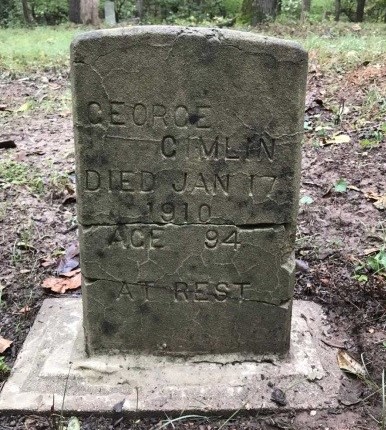Gravestones are monuments that are usually inscribed with general information about the deceased, including the name, birth date, death date, and sometimes names of close relatives such as parents or spouses. An epitaph, however, is an inscription that goes beyond these basics to memorialize the deceased or to communicate the feelings of the deceased or their survivors. Books of epitaphs have been published since the seventeenth century in the United States, but epitaphs additionally may derive from religious scriptures, common sayings, or even popular hymns. Although the size and material of gravestones often reflect the economic wealth of the deceased, gravestones from all levels of society may include epitaphs.
In the Union Campground Cemetery, epitaphs vary from short statements to elaborate, lengthy poetic verses. George Gimlin’s concrete headstone and Zadie Winton’s small marble headstone have simple messages, “At Rest” and “Asleep in Jesus,” which are Biblical and hymnal references that suggest peaceful rest in death. The headstone of Mary Sage, who died of typhoid at the age of three, expresses both her young age and the grief of her family, with reference to a Bible passage saying that the kingdom of heaven belongs to children: “Suffer little children to come unto me.” J. E. Davis’s large limestone ledger stone, meanwhile, has a longer text that can be traced back to common epitaphs in England and Ireland, and provides a cautionary message that people should live a good life to prepare for death and the afterlife: “Remember me as you pass by, as you now are, so once was I. As I am now, so you must be, prepare for death, follow me.”
Before conservation:
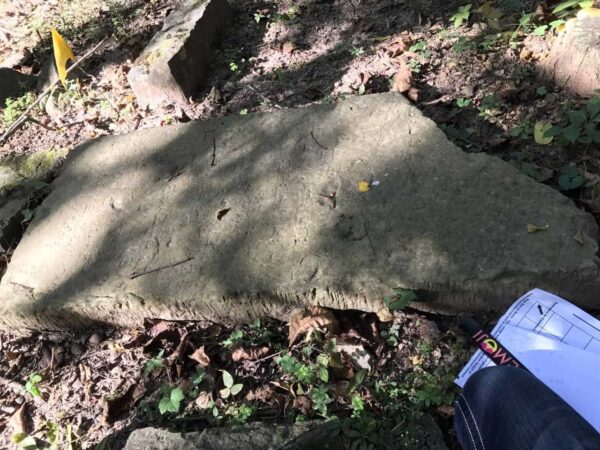
After conservation:
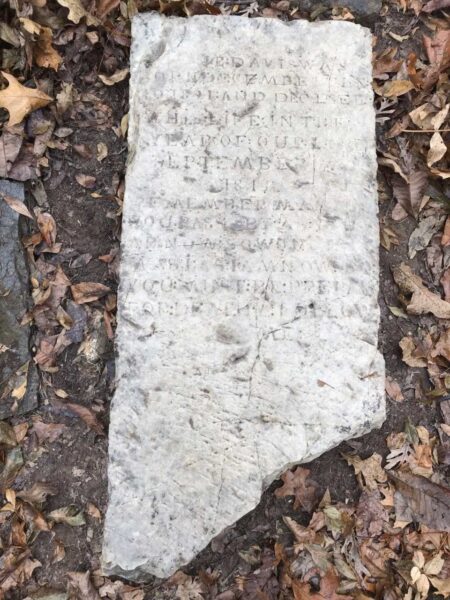
American Midwest Ozarks culture
ca. 1843
Limestone, L.1.14 m x W. 50 cm x H. 10.5 cm
Union Campground Cemetery #4
Before conservation:
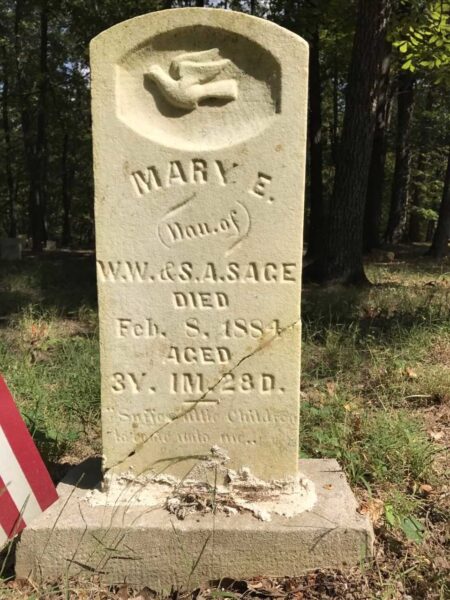
After conservation:
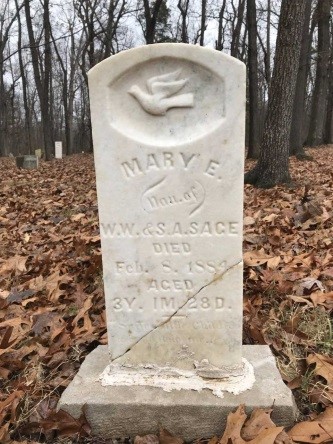
American Midwest Ozarks culture
ca. 1884
Marble, L. 24.5 cm x W. 5 cm x H. 55 cm
Union Campground Cemetery #30
Before conservation:
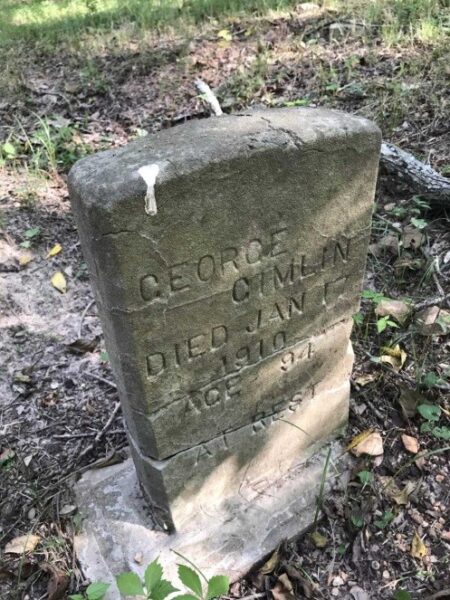
After conservation:
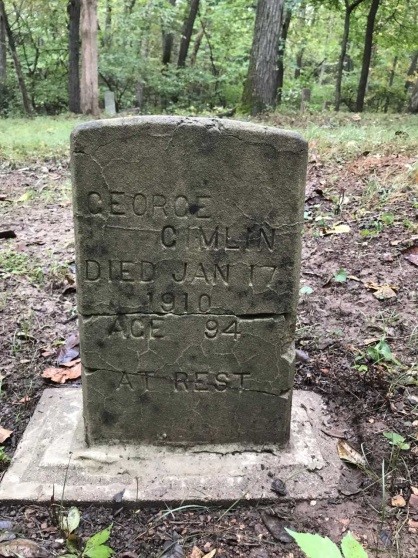
American Midwest Ozarks culture
ca. 1910
Concrete, L. 26 cm x W. 10 cm x H. 40 cm
Union Campground Cemetery #3
Before conservation:
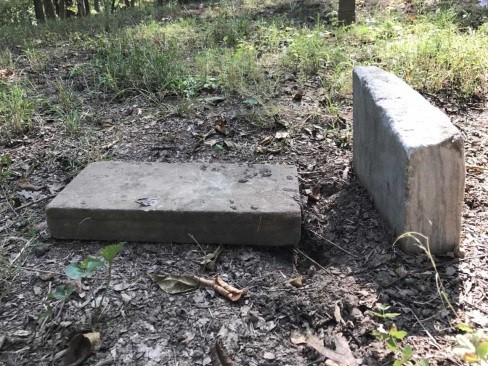
After conservation:
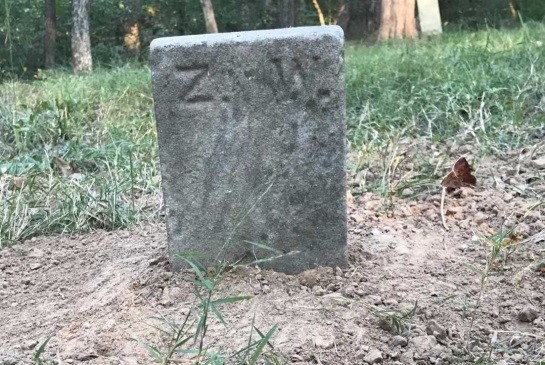
African-American Midwest Ozarks culture
ca. 1905
Marble, L. 21.6 cm x W. 5.5 cm x H. 14.6 cm
Union Campground Cemetery #2b
For more information, you may contact the researcher(s) noted in the title of this exhibit entry, or Dr. Billie Follensbee, the professor of the course, at BillieFollensbee@MissouriState.edu

